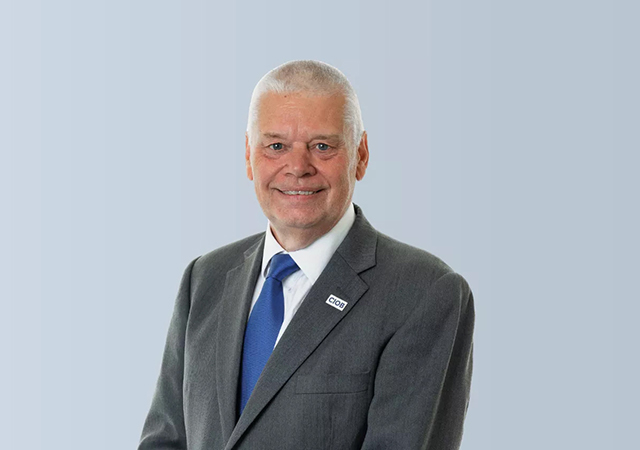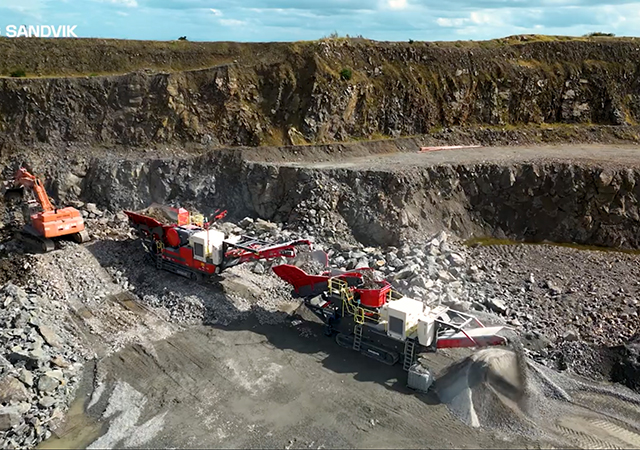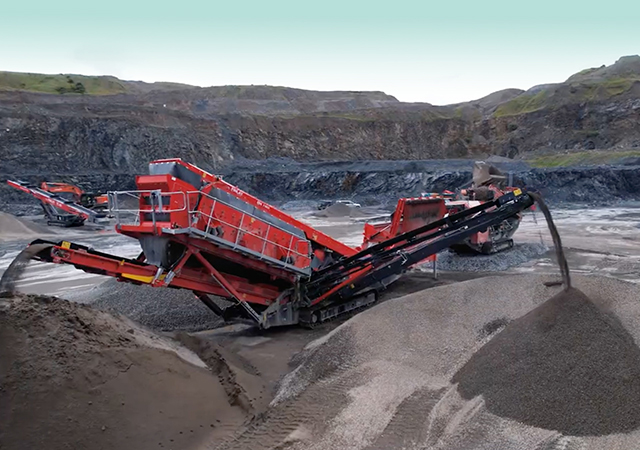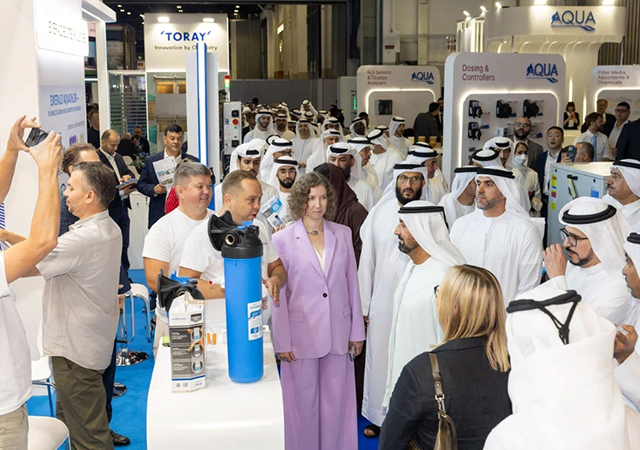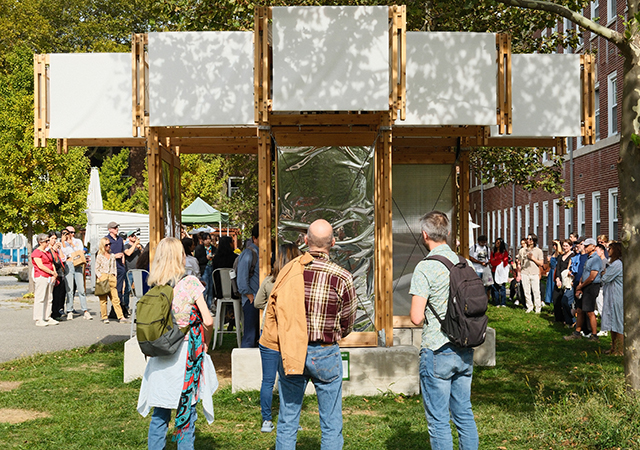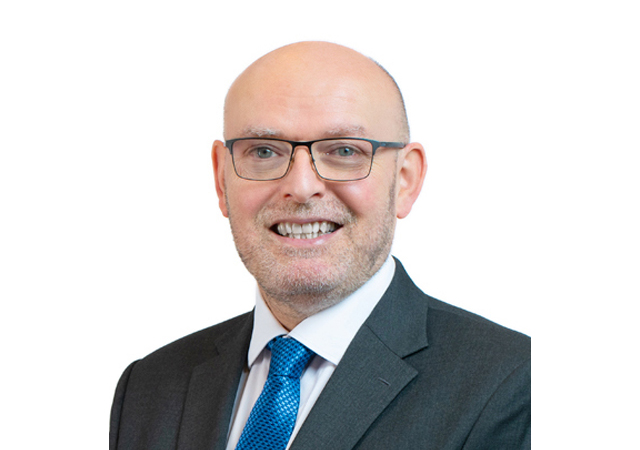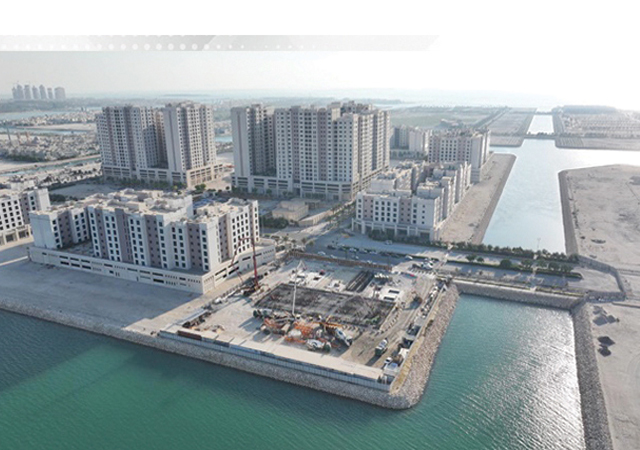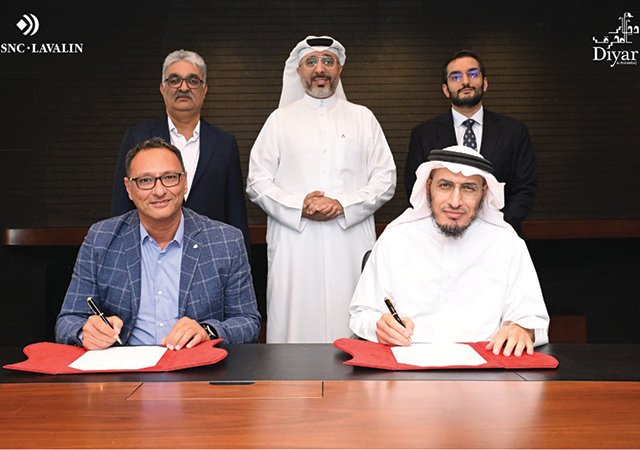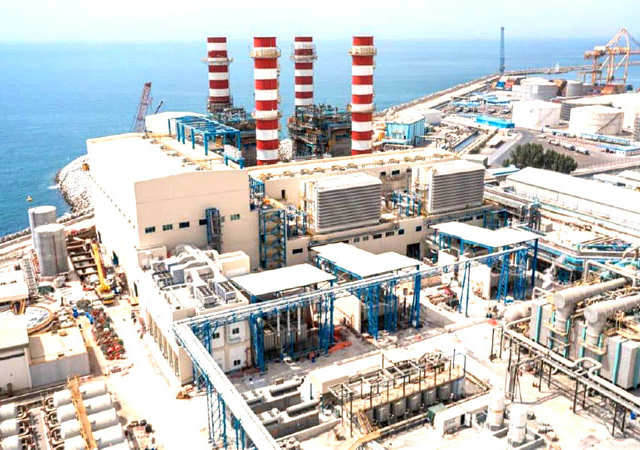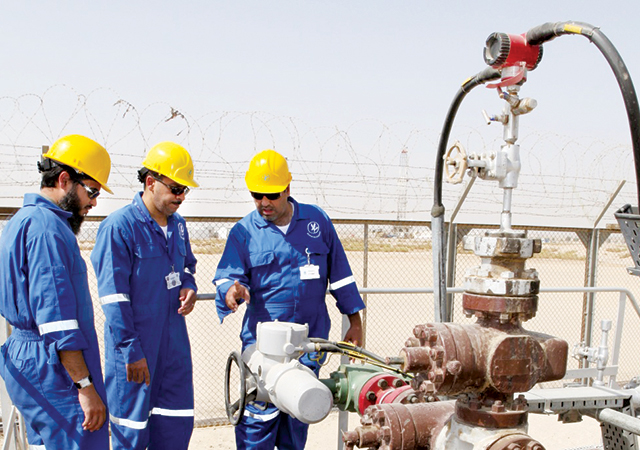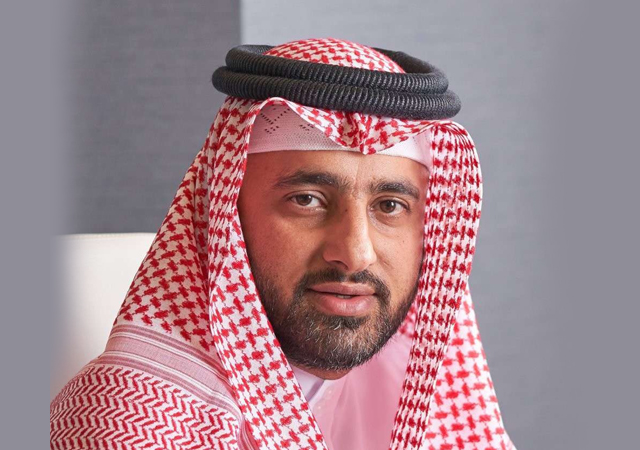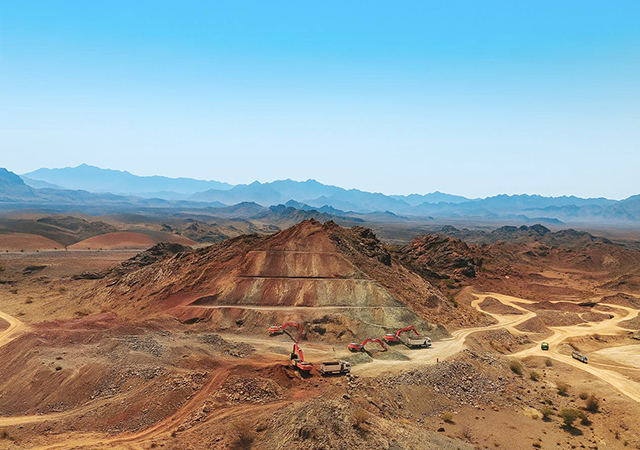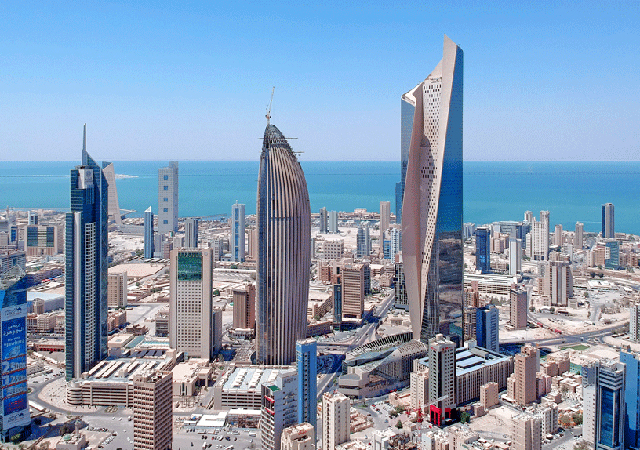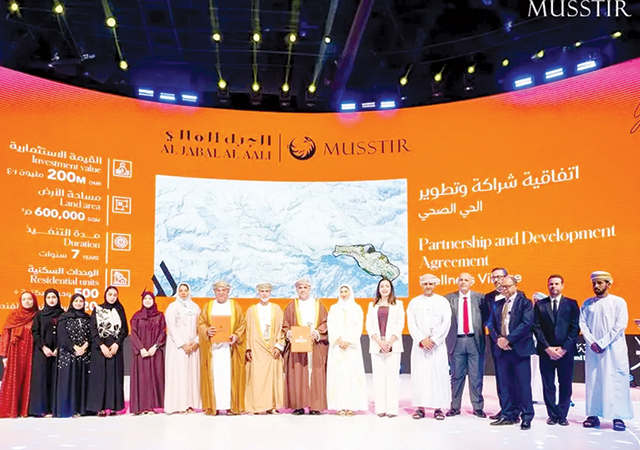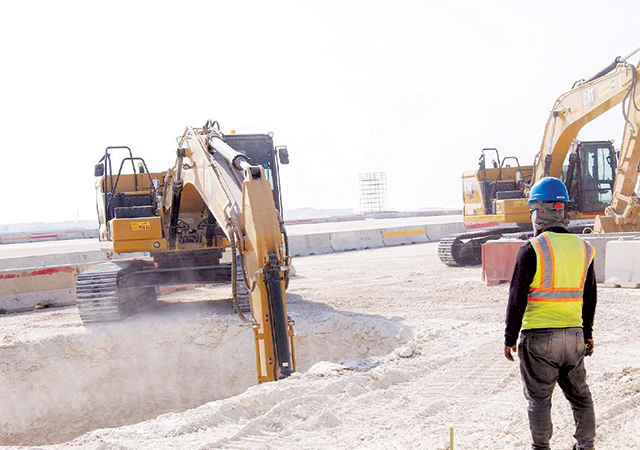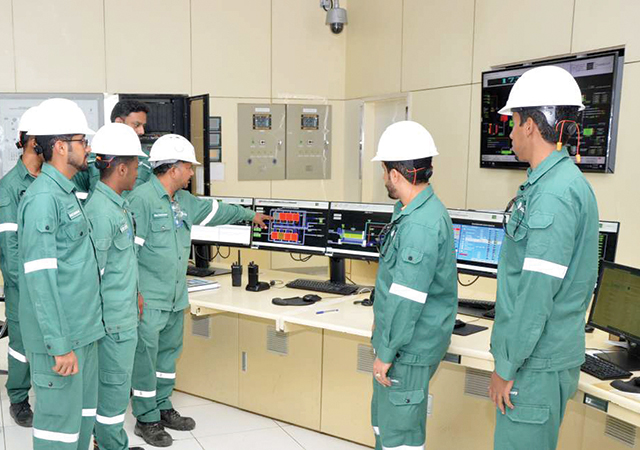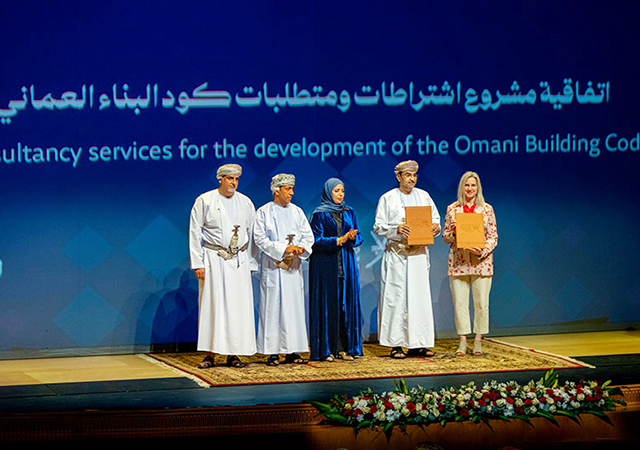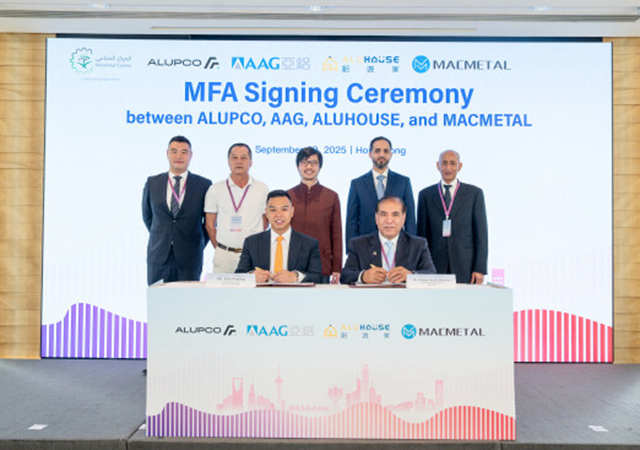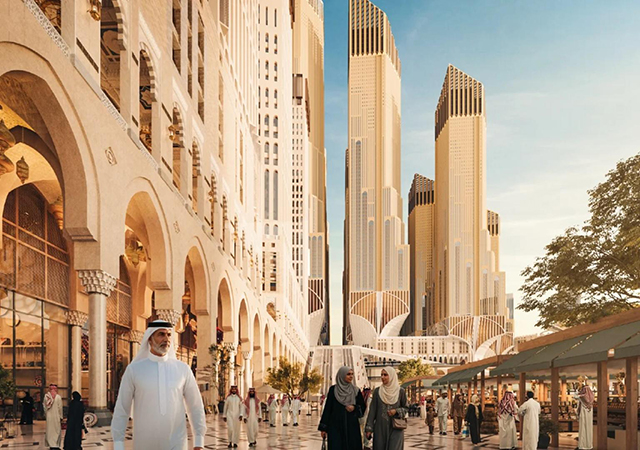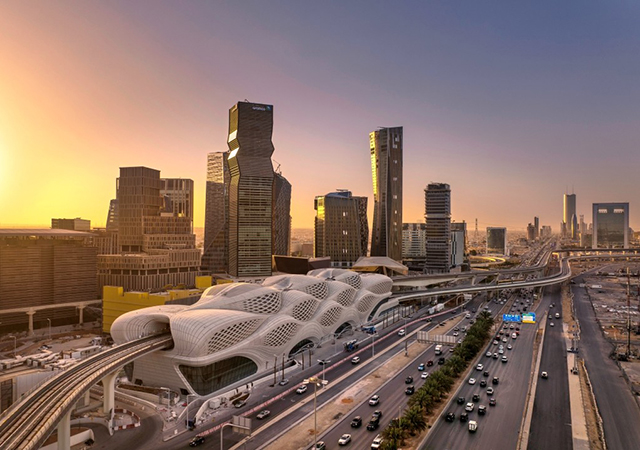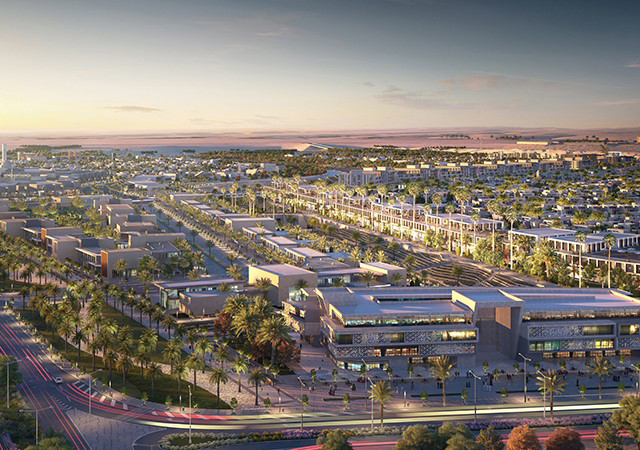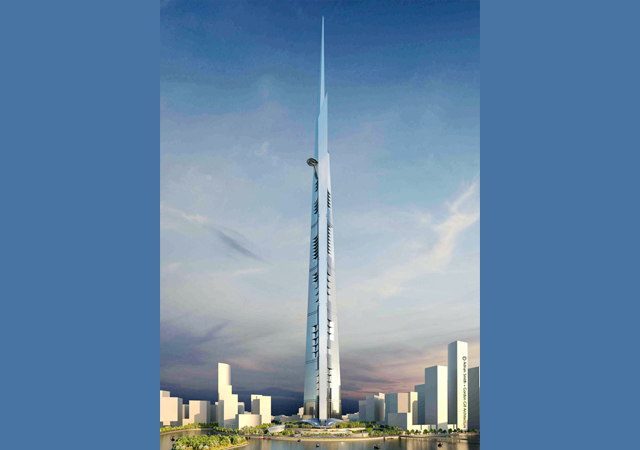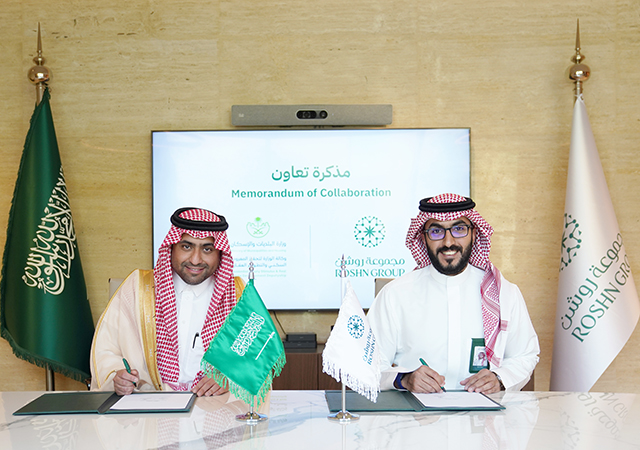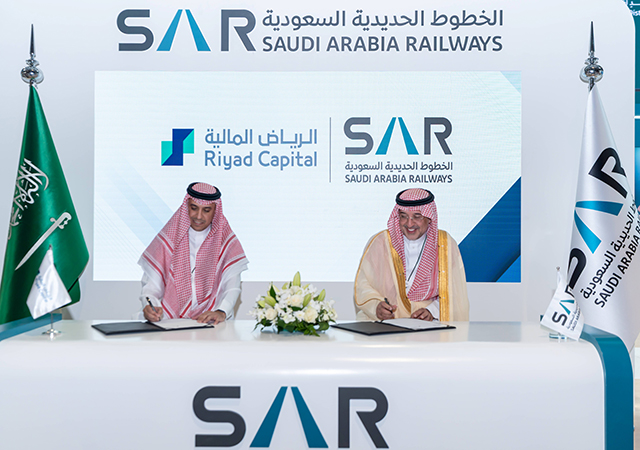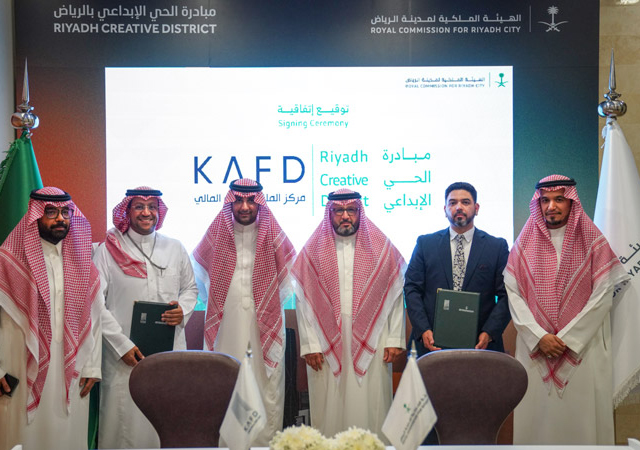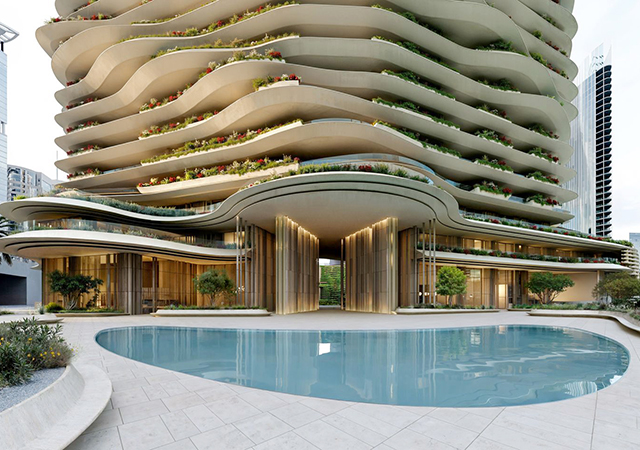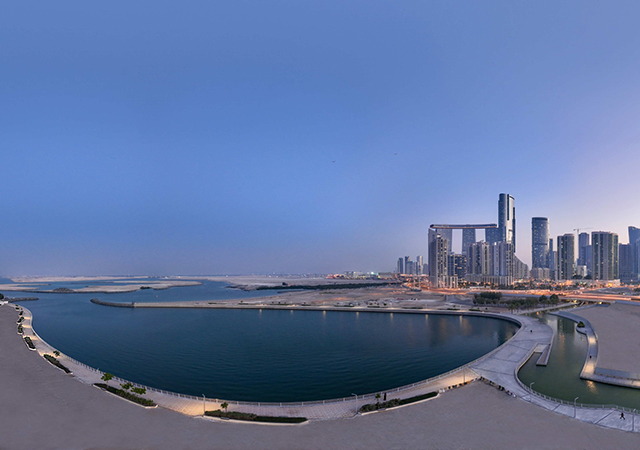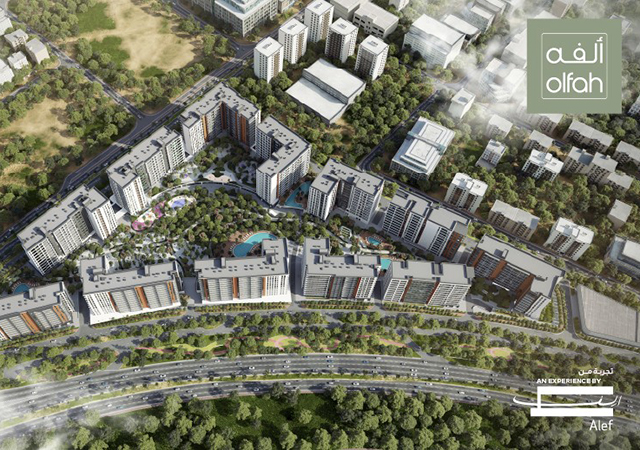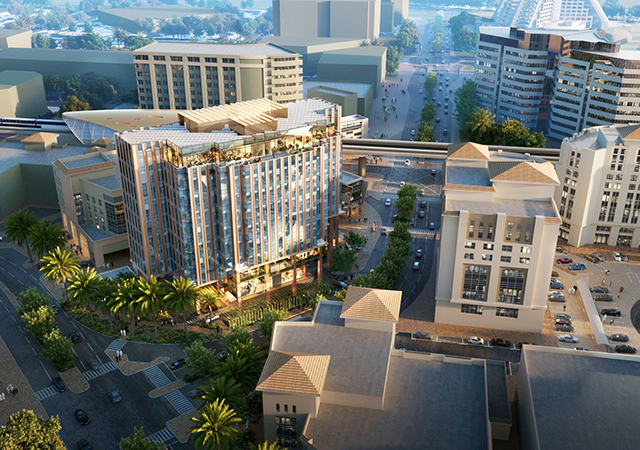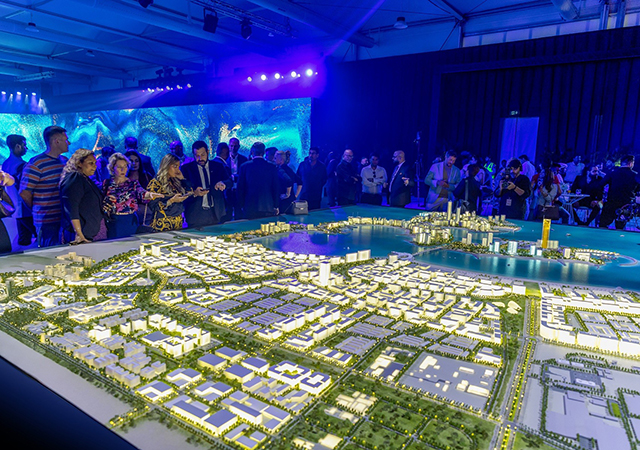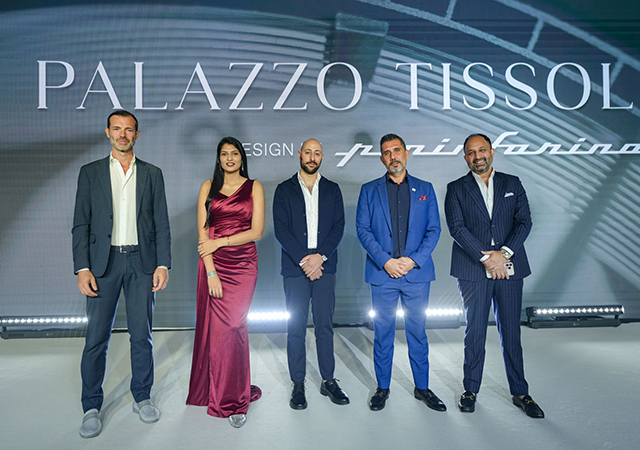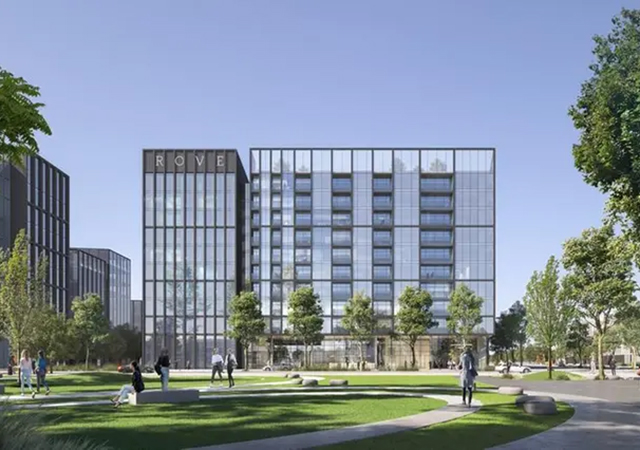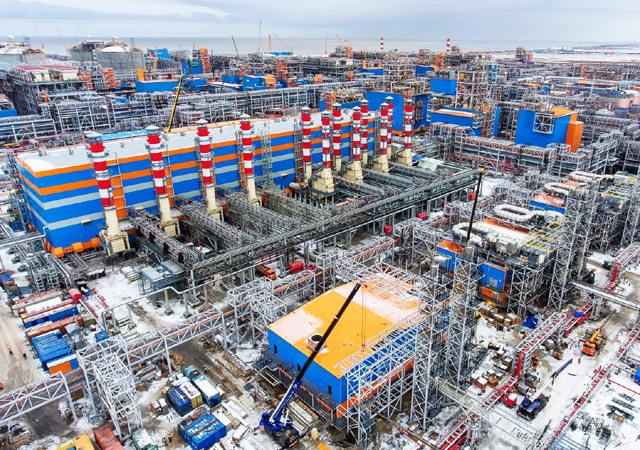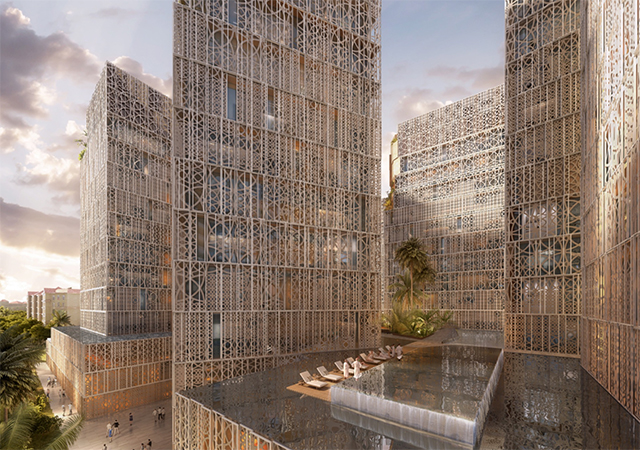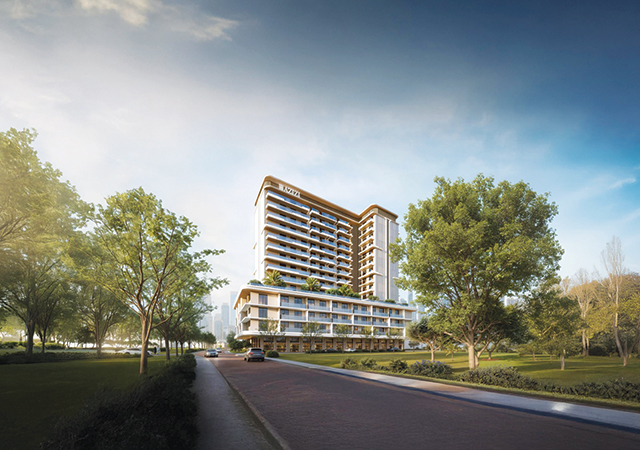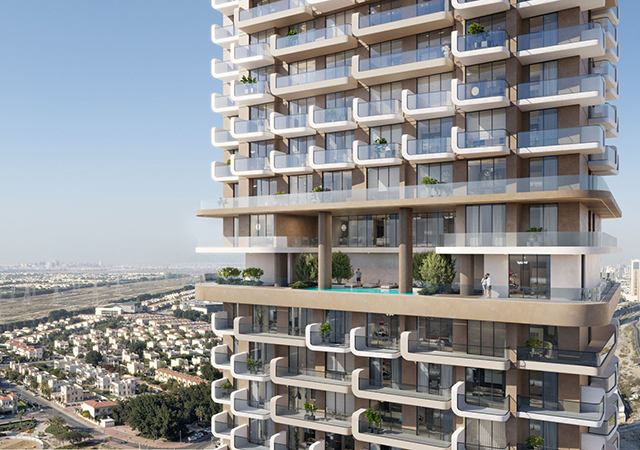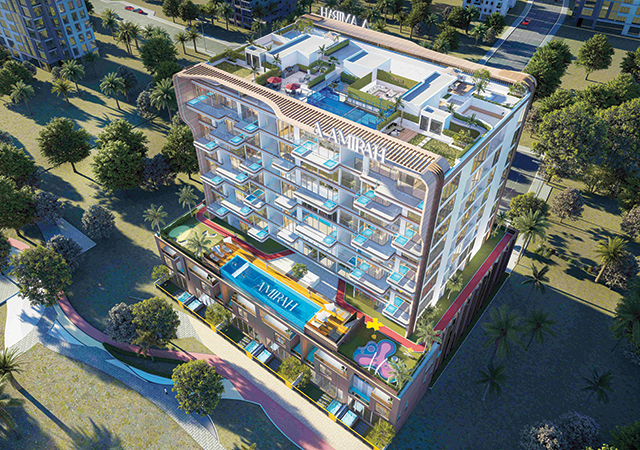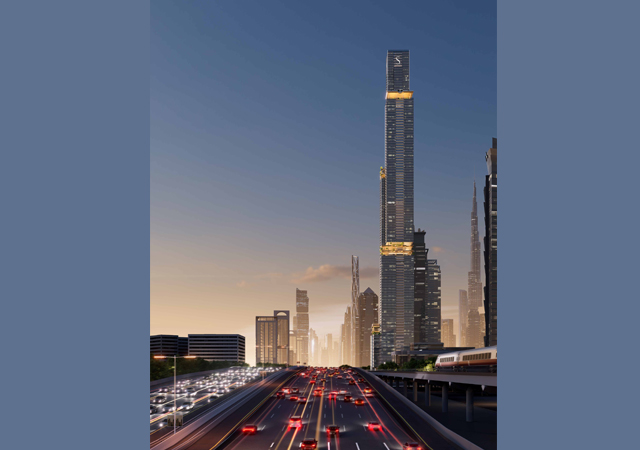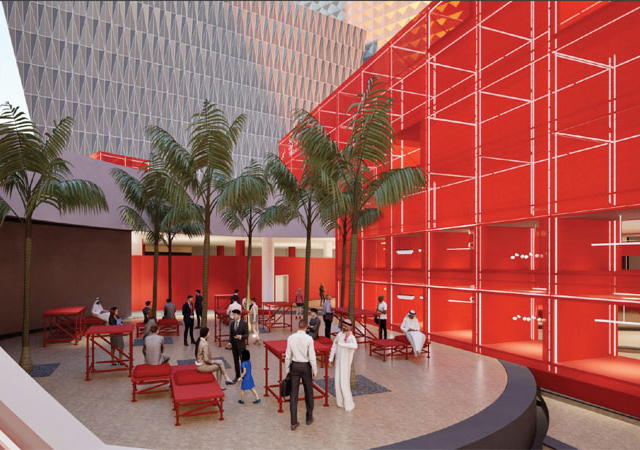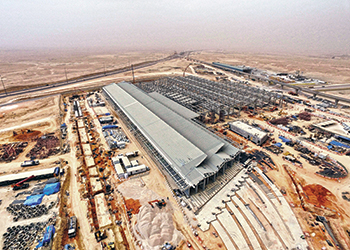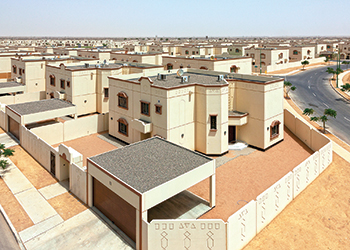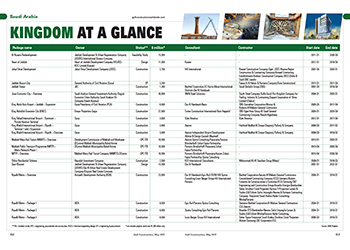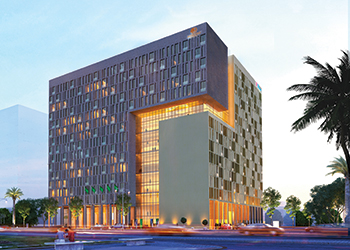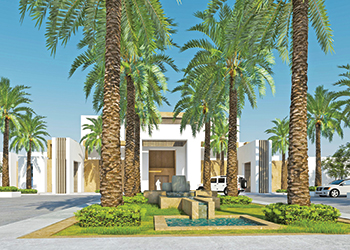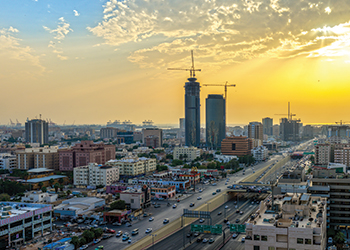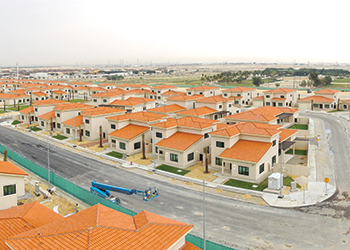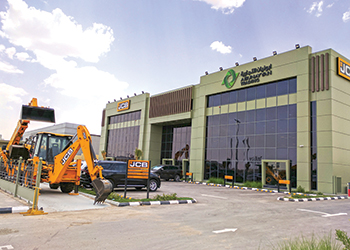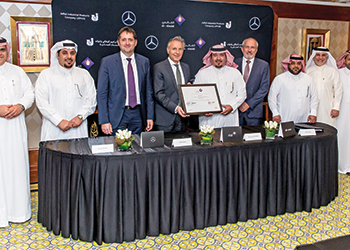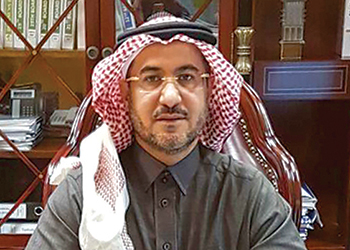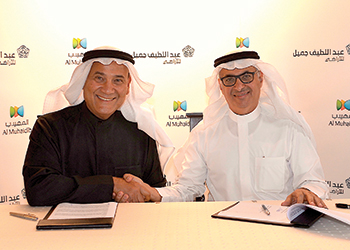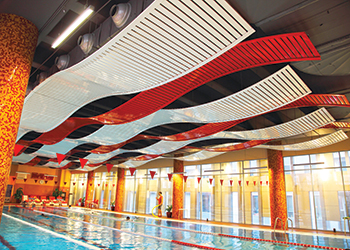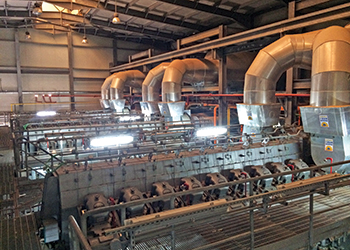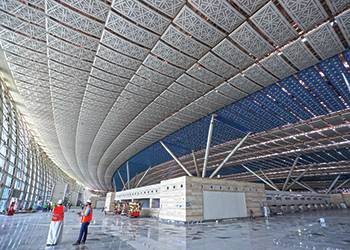
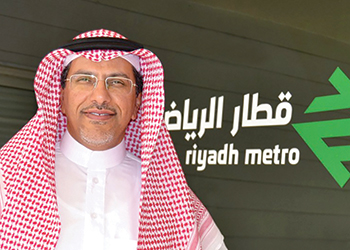 Al Ekrish ... strategic investment.
Al Ekrish ... strategic investment.
Three years since construction started on Riyadh Metro, the world’s largest transport project is now half way through.
The world’s largest single urban transport project last month marked three years of its launch, with key stakeholders justifiably proud of what has been achieved during this span.
The Riyadh Metro contract involves the turnkey construction of a 176-km track network across greater Riyadh including 85 stations on six separate lines.
It is also part of the ambitious integrated King Abdulaziz Project for Riyadh Public Transport which includes a parallel 24-line bus network for the city at an additional cost of $4 billion.
For the last three years, Eng Alwalid A Al Ekrish has been director of construction for the Riyadh Metro with key responsibilities for delivering the $23-billion world mega project, which is scheduled for completion by 2019.
“I am a little amazed at what has been achieved so far in Riyadh and the project very much speaks for itself with half now completed. I am also pleased that the people of Riyadh can now see the progress being made. The project is so visible with 50 per cent completed,” Al Ekrish tells Gulf Construction.
Director of Construction for Development Projects for the High Commission for the Development of Riyadh, Al Ekrish has a long track record of achievement in the implementation of landmark projects.
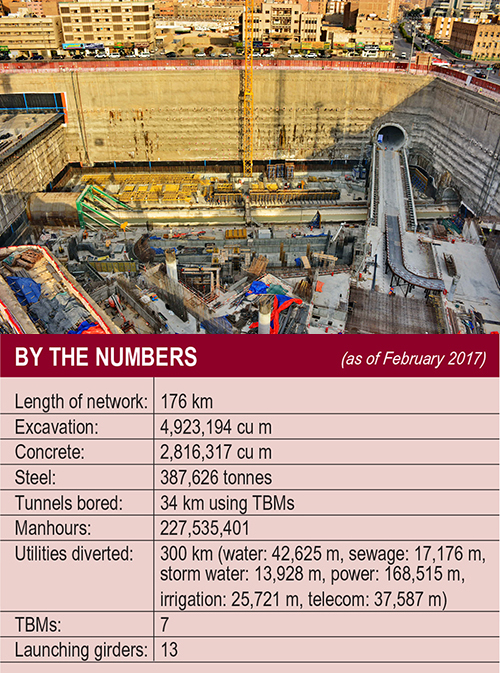 |
|
|
He has worked with the Arriyadh Development Authority (ADA), the executive arm of the High Commission for the Development of Arriyadh, for more than two decades.
The ADA is tasked by the Saudi government to implement the Riyadh Metro, the bus system, a network of feeder and community buses to serve the city.
The High Commission for the Development of Arriyadh has built its considerable reputation as a ‘can do’ organisation since its establishment in 1974 by HM King Salman bin Abdulaziz Al Saud, then Governor of Riyadh.
With his ADA colleagues, Al Ekrish has been instrumental in helping deliver on many aspects of various ADA projects including the King Abdulaziz Historical Center, the extension to the King Fahad Library and the Al Dir’iyyah Historical District to the north of the city, a Unesco World Heritage site. Al Ekrish holds a bachelor’s degree in civil engineering from the University of Pittsburgh and a master’s in structural engineering from King Saud University in Riyadh.
Al Ekrish sees this massive project as a strategic investment in the future of the city and together with his top ADA colleagues takes great pride and loves the intensity of the challenging work.
The ADA is headquartered in the Diplomatic Quarter and in order to facilitate the urban transport project, it has created satellite offices in Oruba where staff have been seconded exclusively for facilitating the Riyadh Metro and transit project.
According to Al Ekrish, there are a total of more than 1,000 staff in all, covering 30 nationalities and speaking a total of 23 languages including his ADA colleagues.
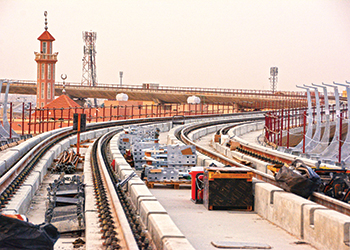 |
|
Work on the Riyadh Metro is being carried out by three major consortiums. |
Within the Oruba site area, an urban transport pavilion is under construction which will be both an exhibition and an interactive educational area to help promote the coming of Riyadh’s state-of-the-art transit system.
Across the city there are battalions of consultants, architects, engineers, and planners including senior personnel from the three consortiums of BACS, ArRiyadh New Mobility and Fast in their own separate facilities as well as Oruba.
All of these teams are living, working and breathing the massive project around the clock. These teams, in turn, manage more than 42,000 construction workers that are building the transport systems, directed from the various command centres of the ADA cascading through into each consortium, contractor, sub-contractor and supplier to work camps, precast facilities, storage areas, warehouses and the huge inventories of plant and equipment from tunnelling machines to giant cranes required on the project.
A key challenge since ground-breaking for the project started in April 2014 has been unifying the various elements of a complex multi-faceted contract into a focused and accountable schedule of detailed deliverables. During this period even before ground-breaking in 2014, there were detailed planning and supporting strategies prepared in advance for all the construction programmes in discussion with the various consortiums.
Across the six lines and related transit systems, construction activity is scheduled every day, by the hour, around the clock, seven days a week.
As well as direct oversight and the execution of the entire project, part of the ADA’s wider responsibilities including facilitating and ‘making it happen’ across a wide range of resource issues for the contractors and consultants, helping and liaising with the various stakeholders.
The scale of the project is immense and according to ADA estimates at the end of the first quarter of 2017, 15 million cu m of earth has been excavated, nearly three million cu m of concrete poured, 400,000 tonnes of steel used and more than 230 million man hours of work executed.
.jpg) |
|
|
“We have also diverted a total of more than 300 km of utilities so far covering water, sewage, storm water, power, irrigation and telecommunications lines,” says Al Ekrish.
The ADA is well organised in these technical matters and from the Oruba offices, a matrix system operates whereby there is a ‘one-stop’ work group in direct contact with the various stakeholders. Representatives from the Ministry of Transportation, the local Riyadh municipality, the traffic police, and all the various utility stakeholders from water to telecommunication lines are seconded to the Oruba offices for rapid responses.
“This extra layer of management over the stakeholders and developing empowered teams across six to seven organisations has been a great success and opened the path to the critical scheduling of the construction phases so we could ‘hit the ground running’.
“Importantly, we could take immediate action and if there are any unusual circumstances these could be reviewed and escalated until a timely solution is executed,” he continues.
This working group acts as a one-stop team where critical issues are identified, specific technical and engineering issues resolved with enabling solutions to mitigate the utility or traffic diversions. Importantly, the working group is directly linked to the consultants and the construction processes within one single location in Oruba.
“Some diversions are small but it is all a matter of scale and magnitude. For example, so far we have arranged the diversion of more than 170 km of power cables, 43 km of water lines, 38 km of telecom lines, 18 km of sewage and 26 km of irrigation systems,” he says.
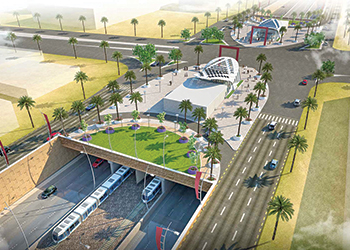 |
|
A perspective of an underground station. |
This involves detailed assessments of the existing utilities even before the various utility diversions are planned and implemented. There are different orders of magnitude in arranging utility and traffic detours depending on the areas involved in the city before starting any work.
As Al Ekrish emphasises, Riyadh with its population of more than 6.5 million continues to operate as smoothly as possible, with minimum disruption to daily lives, and traffic patterns of the residents. It was vital, and continues to be of great importance, to assess and minimise the building programmes and constantly monitor the situation to mitigate and minimise the impact of the construction processes,” he adds.
According to Al Ekrish, a key aspect from the outset was full engagement with the public to explain with total transparency what was happening and what would be happening. This included community engagement with both residents and businesses to discuss the impact of new traffic movements and construction to mitigate commercial impact. To an extent, as well as engaging the public, it is also for the public to take ownership of the project.
“The task is huge in dealing sympathetically with questions and enquiries, and complaints, and providing workable solutions. This involves constant engagement at the personal level with the public and through social media in meetings and explaining what traffic detours would mean in terms of access and urban impact and the duration of the works.
“This also involved our teams knocking on doors, dealing with all stakeholders, transparency in terms of contacts and making available our call centre’s telephone number to inform and allow for the escalation of any issue through the ADA hierarchy, if necessary,” he adds.
Al Ekrish points out that traffic modelling has been a key aspect of the diversions in the city to avoid a gridlock and there are several elements to factor in all traffic flows to determine an acceptable configuration.
“We look for solutions and take our responsibilities seriously in a ‘can-do’ professional environment,” he concludes.
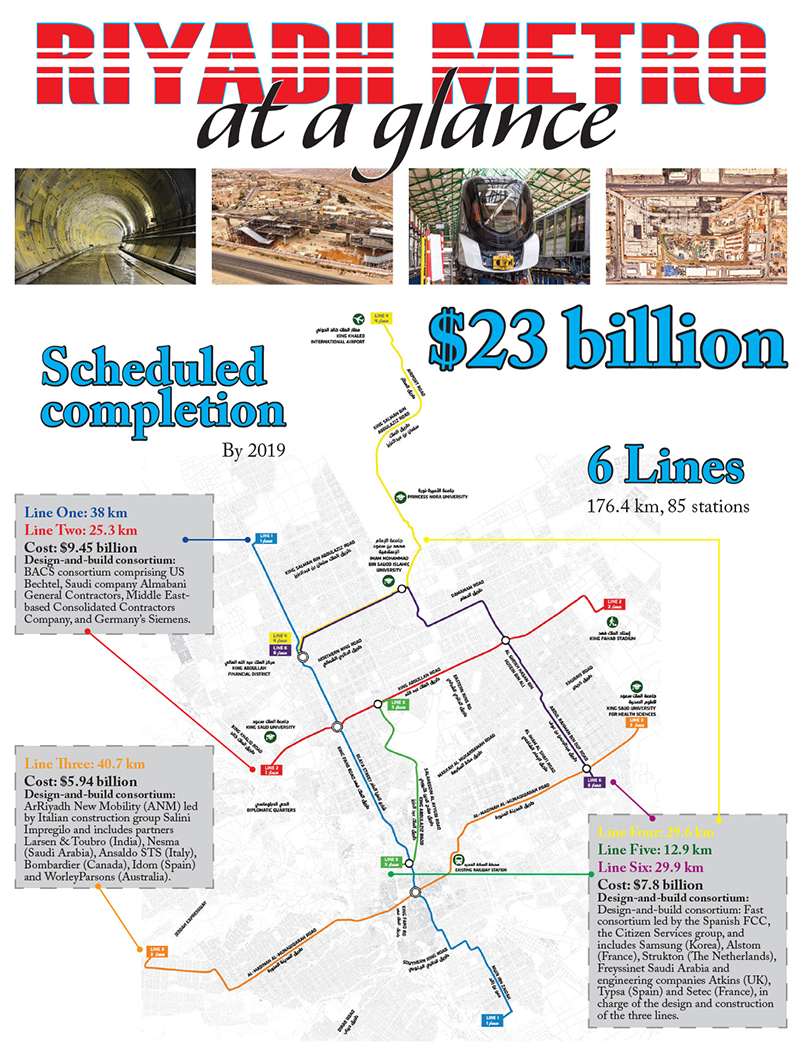 |



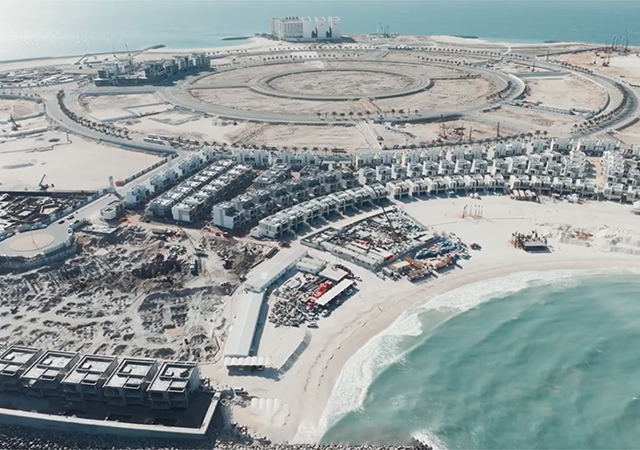

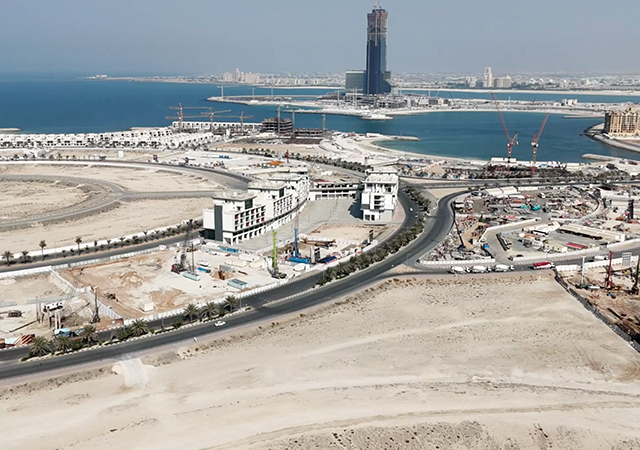
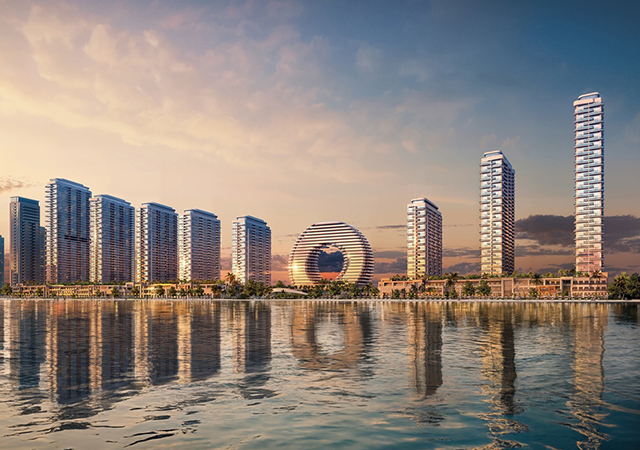
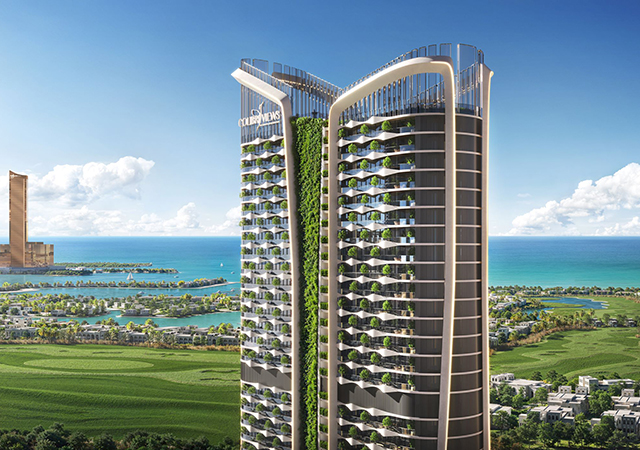
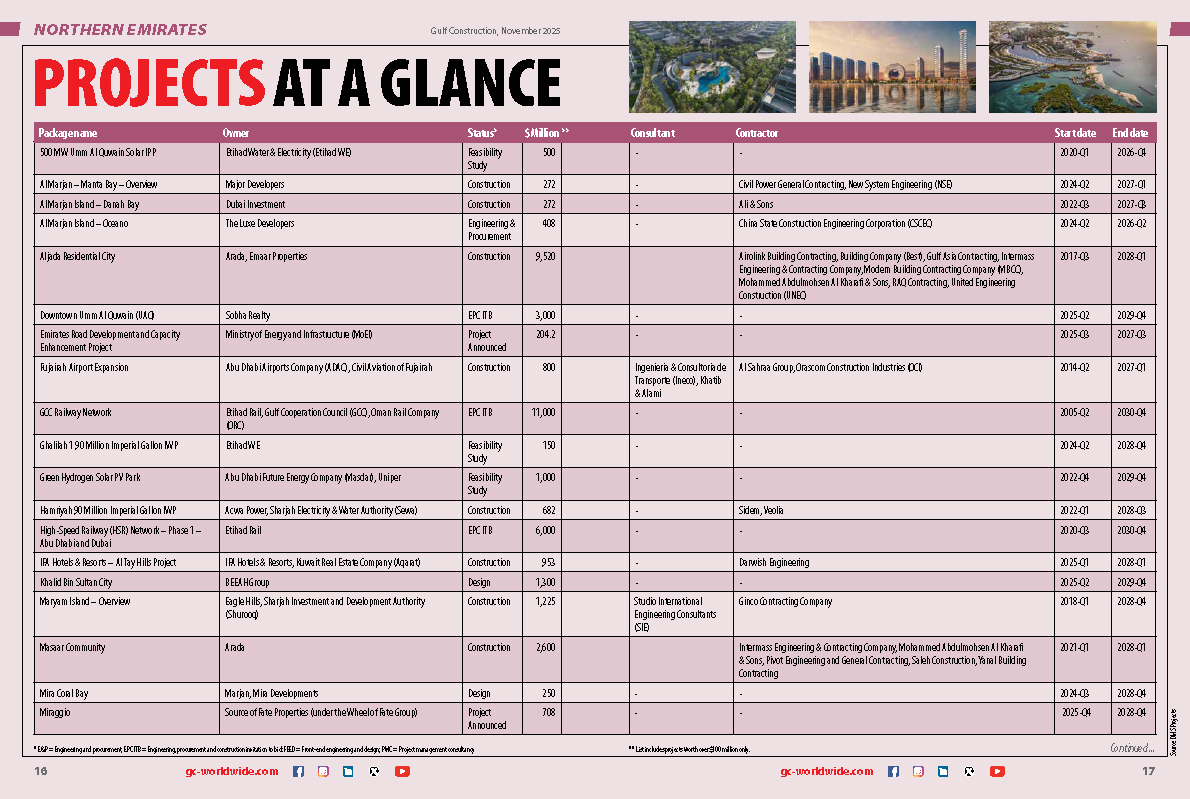
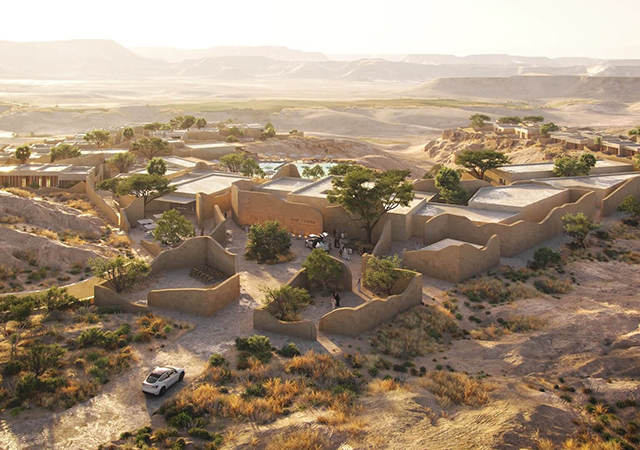



(5).jpg)
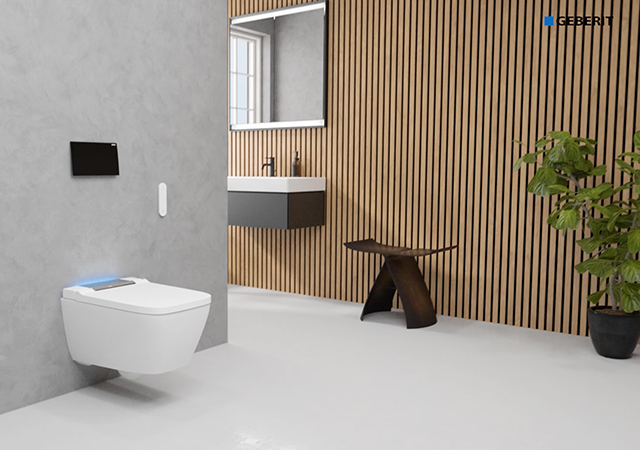
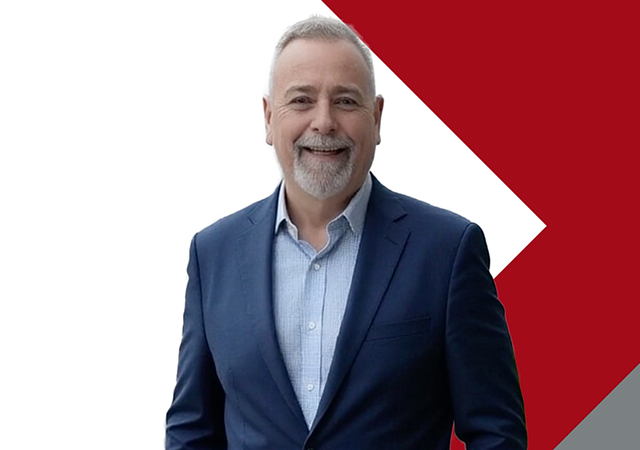
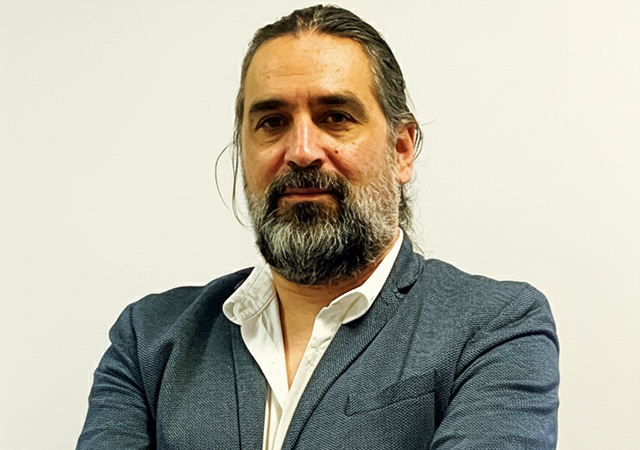
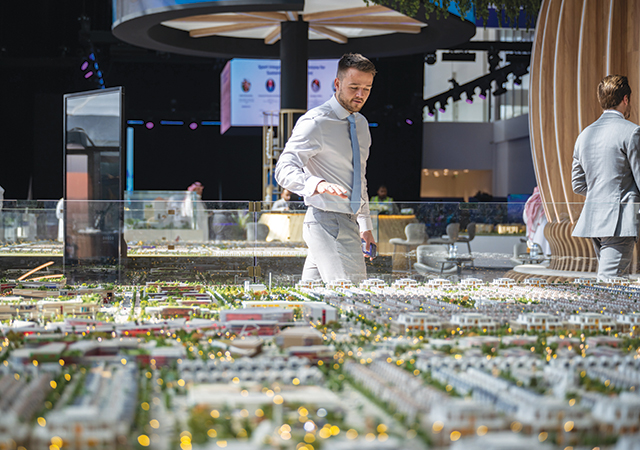
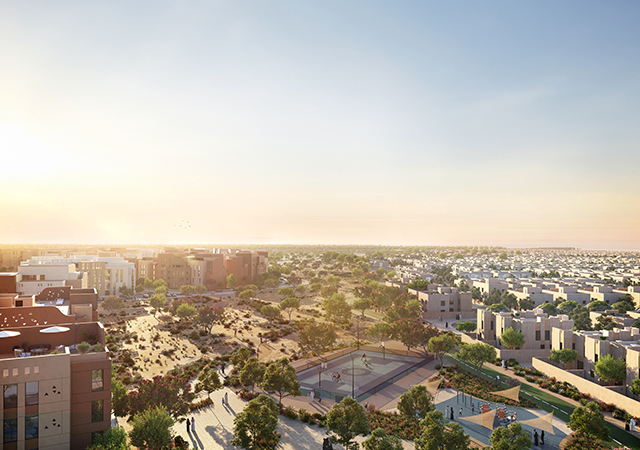
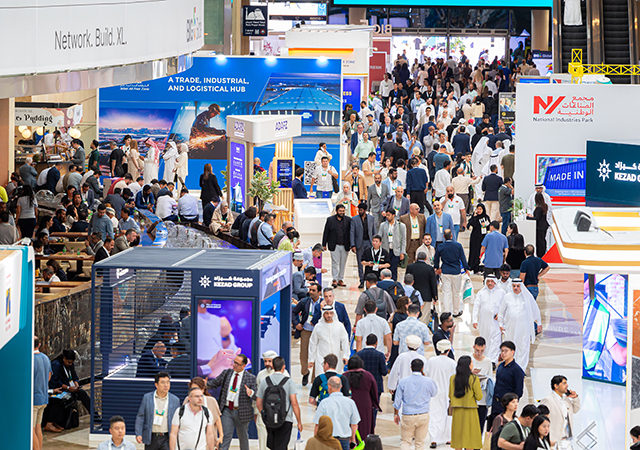

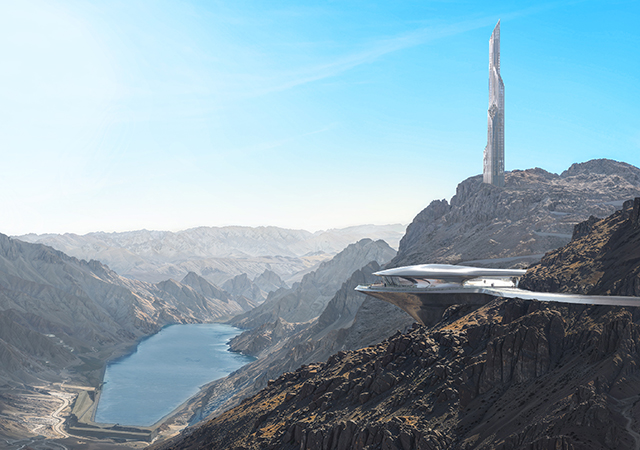
.jpg)
